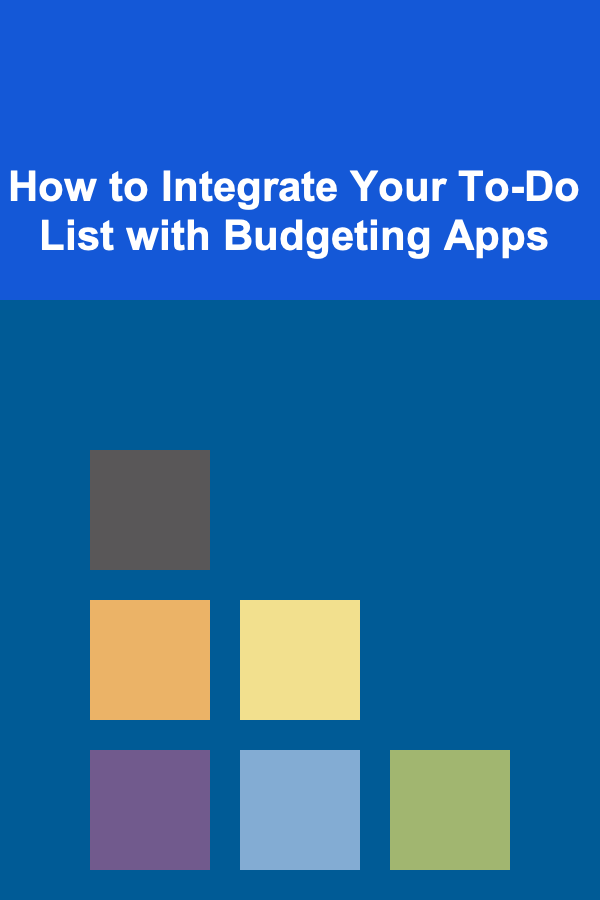
How to Integrate Your To-Do List with Budgeting Apps
ebook include PDF & Audio bundle (Micro Guide)
$12.99$11.99
Limited Time Offer! Order within the next:

In today's fast-paced world, managing our tasks and finances effectively is more crucial than ever. Both are essential components of a well-organized life, but often, they are handled separately. To-do lists help us stay on track with our daily responsibilities, while budgeting apps ensure we are managing our money responsibly. However, integrating these two systems can provide more efficiency, clearer financial goals, and less stress.
In this article, we'll explore how to integrate your to-do list with budgeting apps, making sure that both aspects of your life work seamlessly together. By the end, you'll understand how this integration can save time, provide clarity, and make achieving your goals---whether financial or personal---much more attainable.
Understanding the Power of To-Do Lists and Budgeting Apps
To-Do Lists: Keeping Track of Tasks
To-do lists are one of the most effective productivity tools available. Whether you prefer a physical notepad, a digital app, or a hybrid method, to-do lists help you prioritize tasks, manage deadlines, and track your responsibilities. From personal chores to work tasks, everything gets captured in one place, allowing you to focus on what matters most.
Budgeting Apps: Managing Your Money
Budgeting apps, on the other hand, provide an overview of your financial health. They allow you to track expenses, set up budgets, and often even automate savings. With the right app, you can monitor your income, track spending habits, and set financial goals to keep your budget on track. Many budgeting apps sync with your bank accounts and credit cards, providing real-time insights into your spending.
Why Integrating the Two Matters
Integrating your to-do list with your budgeting app allows you to optimize both your productivity and financial management. It ensures that both your tasks and your finances align, making it easier to stay organized and stick to your budget. For example, you might be planning a trip, and by having your tasks and budget linked, you can stay on track with both the planning and the spending.
Choosing the Right To-Do List App
The first step in integrating your to-do list with a budgeting app is selecting a suitable to-do list app. There are countless options available, each with its own strengths and features. Here are some of the most popular choices:
Task Management Apps
- Todoist: A simple yet powerful task manager that offers flexibility in organizing tasks and projects. It allows users to create tasks with specific due dates, labels, and priorities.
- Trello: Ideal for visual thinkers, Trello uses boards and cards to manage tasks. It's perfect for those who like to see everything at once.
- Microsoft To Do: A free and user-friendly app with task lists, reminders, and simple note-taking capabilities.
- Asana: A more robust project management tool that allows for detailed task delegation, tracking, and team collaboration.
Key Features to Look For
- Task Categorization: The ability to create tasks, assign priorities, and categorize them into projects or groups (e.g., work, personal, financial).
- Due Dates and Reminders: This helps ensure that tasks are completed on time and that you're always aware of upcoming deadlines.
- Cross-Platform Syncing: Ensures that you can access your to-do list from multiple devices, whether on your phone, tablet, or computer.
- Collaboration: If you work with others, you may want an app that allows you to assign tasks to other people and track their progress.
Selecting the Best Budgeting App
Similar to to-do lists, budgeting apps also come in many varieties, each designed for different needs. The right budgeting app will help you track your expenses, create a budget, and set financial goals. Here are some popular budgeting apps:
Popular Budgeting Apps
- Mint: One of the most widely used budgeting apps, Mint syncs with your bank accounts, credit cards, and loans to provide a real-time snapshot of your financial life.
- You Need a Budget (YNAB): This app is great for those who want to take a proactive approach to budgeting. It's perfect for people who want to get ahead of their expenses rather than simply track them.
- PocketGuard: This app links your accounts and helps you see how much disposable income you have after bills and savings goals are accounted for.
- GoodBudget: A digital envelope budgeting system that helps you plan and manage your spending by allocating funds to different "envelopes" for various categories.
Key Features to Consider
- Bank Account Syncing: This allows the app to automatically track your spending and update your budget in real time.
- Expense Categories: An effective app should let you categorize your expenses (e.g., groceries, entertainment, utilities) to understand where your money is going.
- Bill Reminders: Many budgeting apps will send reminders for upcoming bills, helping you stay on top of your finances.
- Goal Setting: The ability to set financial goals, such as saving for a vacation, a new gadget, or emergency funds.
Integrating the Two Systems: How to Make It Work
Now that you've chosen your tools, it's time to integrate your to-do list and budgeting app. There are several ways to make this connection, and the approach you choose will depend on your specific goals and the features of the apps you're using.
1. Linking Tasks and Budgeting Goals
Many to-do list apps allow you to set deadlines and reminders for your tasks. You can link financial goals in your budgeting app with your to-do list by creating tasks for each financial milestone. For example, if you're saving for a vacation, create a task that corresponds with a savings target, such as "Save $500 for vacation." You can then set a deadline based on the date of your trip.
Steps for Integration:
- Set a task for each financial goal in your to-do list app, including the amount you need to save or the bill you need to pay.
- In your budgeting app, track your progress toward these goals and adjust your budget to accommodate these targets.
- Set reminders for key financial tasks, such as paying bills or transferring money to savings.
2. Creating Budget-Related To-Do Items
You can create to-do list items that help you stay on track with your budgeting. For instance, you might need to check in on your monthly budget, categorize your recent expenses, or adjust your budget to account for unexpected costs. Adding these tasks to your to-do list ensures you don't overlook important budgeting responsibilities.
Example Tasks:
- "Review monthly expenses in Mint."
- "Set aside $50 for savings."
- "Track spending for dining out this week."
3. Automating Updates Between Apps
Some budgeting apps and task managers have automation features or integrate with third-party tools like Zapier or IFTTT (If This Then That). These tools can automate repetitive tasks, such as adding financial goals to your to-do list based on budget updates or sending reminders to your task manager when bills are due.
For instance, you could set up a Zapier workflow to:
- Automatically add a task in your to-do list whenever a new bill appears in your budgeting app.
- Sync your financial goals between apps, so you always know when to adjust your budget or save for a new expense.
4. Visualizing Your Financial and Task Progress Together
One of the most powerful ways to integrate your to-do list with your budgeting app is to create a unified view of both your tasks and finances. Some apps, such as Notion, allow you to customize dashboards that display tasks, financial goals, and progress all in one place. This holistic view allows you to track both your financial and personal tasks in a way that provides greater clarity and organization.
You can use this visualization to:
- Track your progress on specific goals, such as paying off debt or reaching a savings target.
- Adjust your tasks as your budget evolves. For example, if you decide to spend more on groceries one month, you can adjust your tasks to accommodate that.
Syncing Reminders and Notifications
Both to-do lists and budgeting apps send reminders and notifications. Syncing these reminders ensures that you stay on track with your finances and your tasks. For example, you can set up reminders for both financial tasks and to-do list items so that you never miss a payment or a deadline.
Using Reminders:
- Set reminders for when bills are due or when you need to check your financial goals.
- Use reminders for tasks like "Review monthly spending" or "Plan next week's budget."
Tracking and Adjusting Regularly
Once you've integrated your to-do list with your budgeting app, it's important to track your progress regularly. Both systems require constant maintenance. Make it a habit to review your financial progress each week, adjust your tasks as needed, and ensure you're staying within your budget.
Set aside time weekly to:
- Review your tasks and financial goals.
- Adjust your budget and tasks based on new expenses or changes in your life.
Conclusion
Integrating your to-do list with budgeting apps can be a game-changer in managing both your time and money. With the right tools and strategies, you can streamline your life, stay on top of your financial goals, and ensure that nothing falls through the cracks. By linking tasks to your budget, automating updates, and visualizing both areas together, you'll find yourself more organized, productive, and in control of your finances.
Ultimately, integrating your to-do list with your budgeting app is about creating a holistic approach to organization---one that helps you stay on track with both your personal and financial goals. With this strategy in place, you'll find it easier to manage tasks, stay within budget, and achieve the success you're striving for. Happy planning!
Reading More From Our Other Websites
- [Beachcombing Tip 101] Beachcombing 101: Rules and Tips for Finding Gems Without Harming the Habitat
- [Home Security 101] How to Choose the Best Wireless Alarm System for Your Home
- [Scrapbooking Tip 101] Best Scrapbooking Ideas for Preserving Children's Artwork & Childhood
- [Weaving Tip 101] Weaving Sustainability into the Bottom Line: Eco-Friendly Practices for Textile Companies
- [Organization Tip 101] How to Organize a Senior Book Club or Discussion Group
- [Trail Running Tip 101] Gear Guide for Trail Runners: Must-Haves for Every Adventure
- [Personal Investment 101] How to Start Investing for Financial Independence
- [Small Business 101] How to Choose the Right Payroll Company for Small Business Success
- [Personal Financial Planning 101] How to Compare Banks and Find the Best Accounts for Your Budgeting and Saving Needs
- [Home Pet Care 101] How to Handle Pet Behavioral Issues in a Home Setting
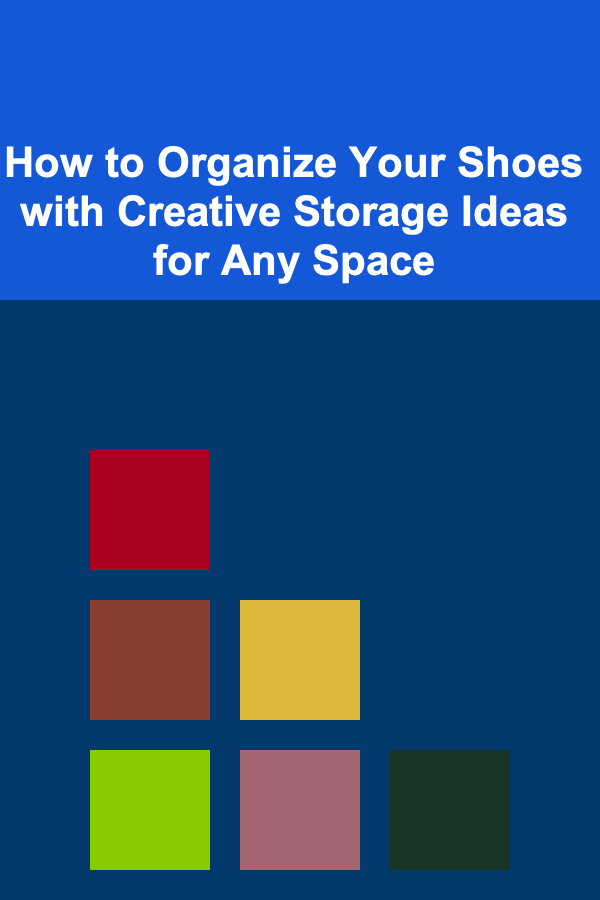
How to Organize Your Shoes with Creative Storage Ideas for Any Space
Read More
How to Regularly Check Your Home's Water Pressure
Read More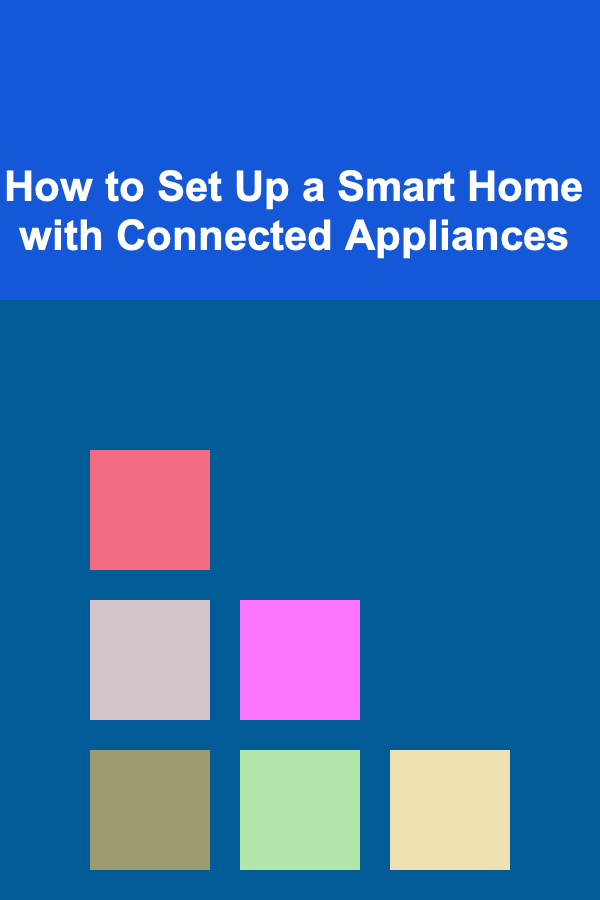
How to Set Up a Smart Home with Connected Appliances
Read More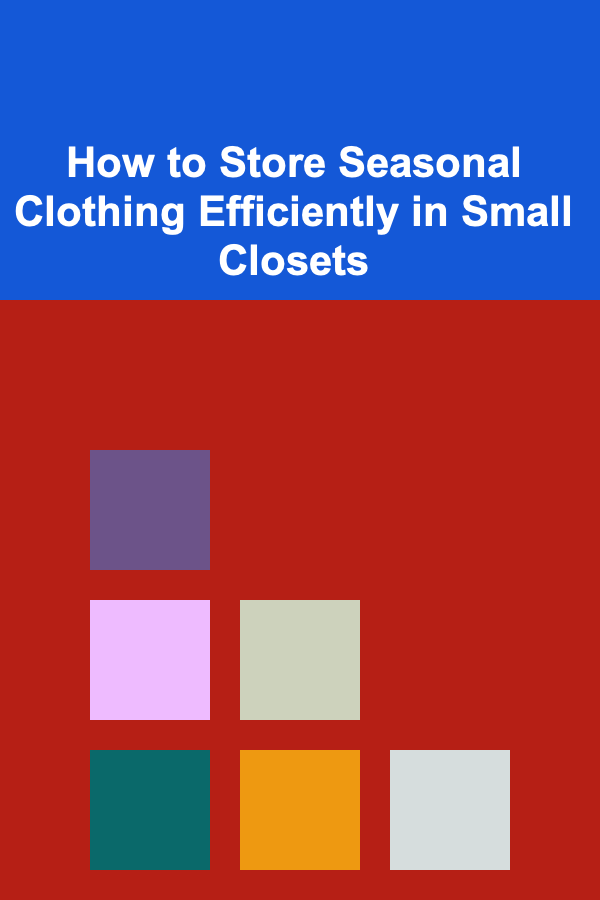
How to Store Seasonal Clothing Efficiently in Small Closets
Read More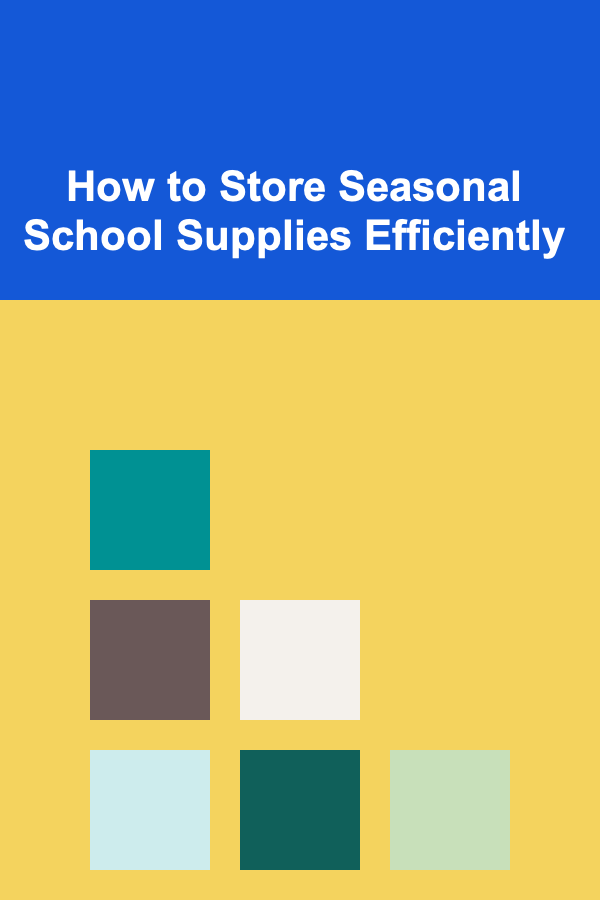
How to Store Seasonal School Supplies Efficiently
Read More
How to Animate Lip Sync for Different Languages
Read MoreOther Products

How to Organize Your Shoes with Creative Storage Ideas for Any Space
Read More
How to Regularly Check Your Home's Water Pressure
Read More
How to Set Up a Smart Home with Connected Appliances
Read More
How to Store Seasonal Clothing Efficiently in Small Closets
Read More
How to Store Seasonal School Supplies Efficiently
Read More